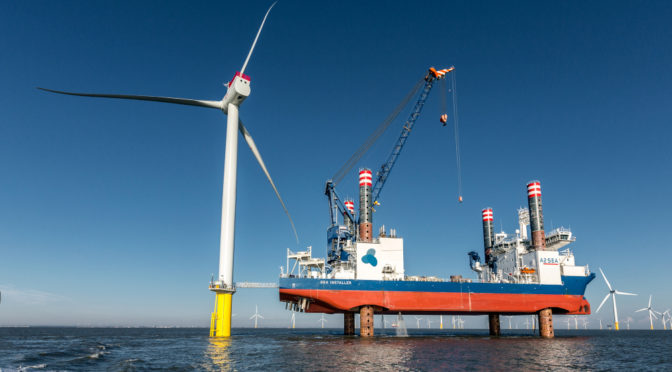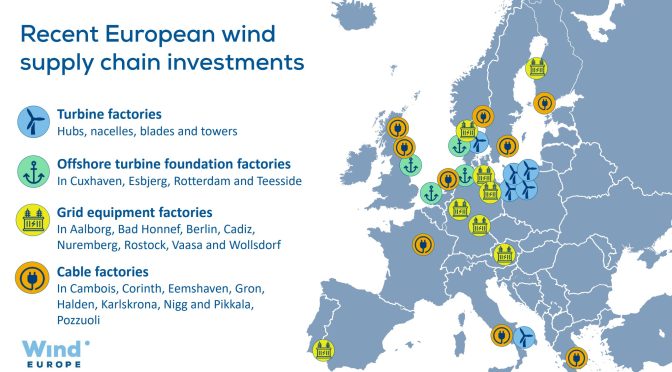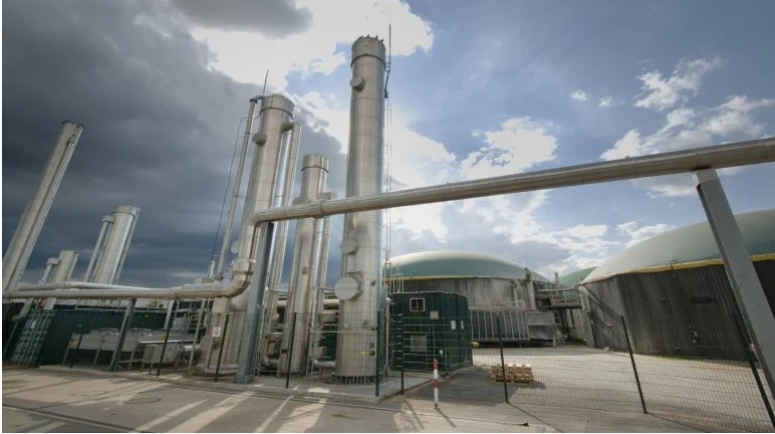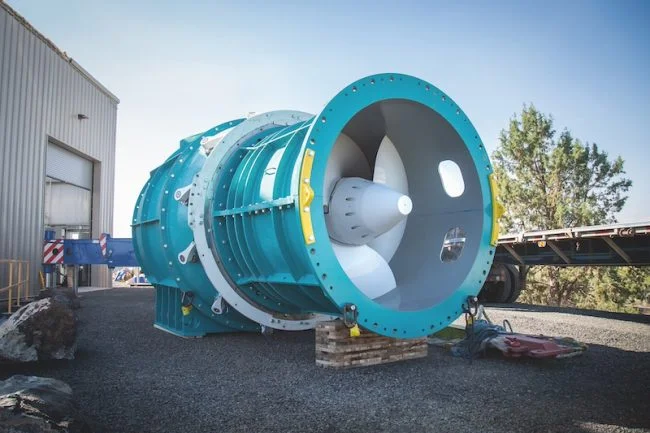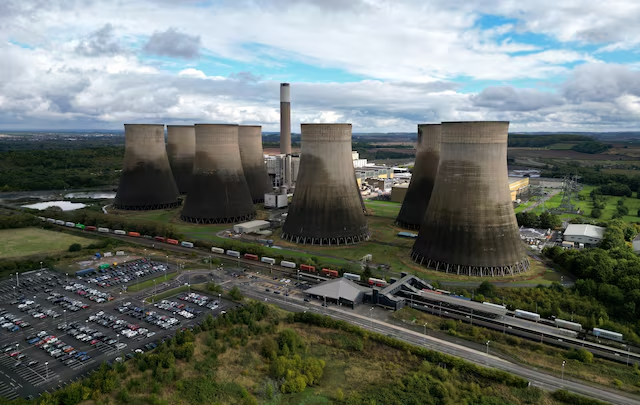 A new long duration, "freeze-thaw" energy storage system leaps over seasonal peak demand obstacles (image courtesy of PNNL).
A new long duration, "freeze-thaw" energy storage system leaps over seasonal peak demand obstacles (image courtesy of PNNL).The Limits Of Lithium-Ion Energy Storage
Rechargeable lithium-ion batteries have long been the gold standard for energy storage. They are clearly the front-runner in the electric vehicle market, among many other applications. However, the power generation area is a sticky one for conventional Li-ion technology.
Even with the latest improvements, the best Li-ion batteries for bulk energy storage only offer a few hours of power generation before they need to be recharged. That fits many use cases, but not the ones that require electricity for a full day, let alone an entire season.
Cascading banks of Li-ion batteries could extend the time frame, but the cost and complexity of such a system pose formidable obstacles.
The Hibernating Energy Storage Solution
At the present time, almost all of the bulk, long duration energy storage systems in the US deploy 100-year-old technology in the form of “water batteries,” aka pumped hydropower.
That is about to change, if researchers at the US Department of Energy’s Pacific Northwest National Laboratory are on the right track. They have developed a long duration “hibernating” battery made with an electrolyte that can be chilled from a liquid to a solid when excess renewable energy is abundant, then thawed to release energy when needed.
According to PNNL, the freeze-thaw system can store energy for months at a time and lay idle without losing a significant amount of capacity.
So far PNNL has tested out the system on a prototype the size of a hockey puck. Over a 12-week period the system retained 92% of its capacity, which is impressive compared to the capacity loss that bedevils conventional lithium-ion technology when idled.
The system sounds simple enough, as described by the lab:
“The battery is first charged by heating it up to 180 degrees Celsius, allowing ions to flow through the liquid electrolyte to create chemical energy. Then, the battery is cooled to room temperature, essentially locking in the battery’s energy. The electrolyte becomes solid and the ions that shuttle energy stay nearly still. When the energy is needed, the battery is reheated and the energy flows.”
The Molten Salt Energy Storage Secret
There being no such thing as a free lunch, the devil is in the details. You can get all of those from the team’s research paper, published in the journal Cell Reports Physical Science under the title, “A freeze-thaw molten salt battery for seasonal storage.”
If the molten salt angle sounds familiar, that’s the same energy storage medium deployed in some types of concentrating solar power systems.
In an interesting twist, researchers have been working on ways to increase the heat level in concentrating solar power systems without blowing the whole thing up. That requires a substantial improvement in the metals and other materials that make up a CSP system. The solution involves nickel, which is also in play for the PNNL hibernating battery.
PNNL emphasizes that nickel also dovetails with its interest in developing a relatively inexpensive energy storage technology that reduces, if not eliminates, the use of toxic substances.
“The…aluminum-nickel molten-salt battery is chock full of Earth-abundant, common materials,” PNNL explains, noting that the anode is a solid plate of aluminum, and the cathode is a plate of nickel.
“They’re immersed in a sea of molten-salt electrolyte that is solid at room temperature but flows as a liquid when heated. The team added sulfur—another common, low-cost element—to the electrolyte to enhance the battery’s energy capacity,” the lab adds.
A More Durable Battery For Long Duration Energy Storage
The team used the same earth-abundant, low cost strategy to develop the separator that goes between the anode and cathode. The conventional approach is to deploy a high tech ceramic, such as that used in some solid state lithium-ion batteries. However, those are expensive, and the PNNL team was concerned that a ceramic separator would break under freeze-thaw cycles.
They settled on fiberglass, and the results are impressive. Before the price of nickel suddenly spiked in recent months, the materials used in the new hibernating battery cost a total of just $23 per kilowatt hour, more or less.
Next steps include using iron as another money-saver, with the goal of driving costs down to the range of $6 per kilowatt hour. According to PNNL, that’s about 15 times less than the materials used in a typical Li-ion battery.
“The battery’s theoretical energy density is 260 watt-hours per kilogram — higher than today’s lead-acid and flow batteries,” PNNL also notes.
If you’re wondering about the new battery’s ability to withstand numerous charging cycles, that’s a good question. The researchers did not focus on meeting the durability performance of conventional Li-ion batteries, because they designed a system that grid managers can deploy on a seasonal basis. If that works out to a maximum of 4 charge-discharge cycles per year, a system with just a 100-cycle lifespan could depend on 30 years of operation.
As an example, the lab describes how a transportable version of their energy storage system could be trucked out to a wind farm in the spring, when energy demand for HVAC is relatively low. After soaking up the excess clean kilowatts, the battery can be trucked to a substation and parked there until needed for peak demand periods in the summer.
The technology could also be used in corporate parks and other campuses. To find out more, check out PNNL’s marketing page for the “Temperature-based Hibernating Battery.”
If the element of trucking has a familiar ring, check out the “electric truck hydropower” concept that sent the CleanTechnica comment thread on fire a while back.
About That Nickel…
Speaking of the price of nickel, energy storage innovators have been looking to nickel to help lower costs and avoid the use of toxic materials, but Russia’s murderous rampage through Ukraine upended the nickel market. Some nickel trading shenanigans on the London Metals Exchange that are now under investigation by regulators in Europe also factored into the debacle.
Even before the price spike, nickel became a hot topic when the US Geological Survey added nickel to its new list of critical materials, which it adopted in 2018.
The new USGS list organizes substances in terms of their usage, in contrast to the familiar “mineral groups” categories. That includes national security, economic activity, renewable energy development, and infrastructure.
The list also flags areas of vulnerability, and nickel is one of them. As of 2021, USGS identified only one nickel mine operating in the US, the Eagle Mine in Michigan, which produces nickel in concentrate for markets in Canada and elsewhere overseas.
The only other sources involve recovering waste nickel from other operations, including a Superfund site in Missouri and another site in Montana.
The heat is on to develop more nickel mining sites in the US, but environmental and social justices elements are also in play.
